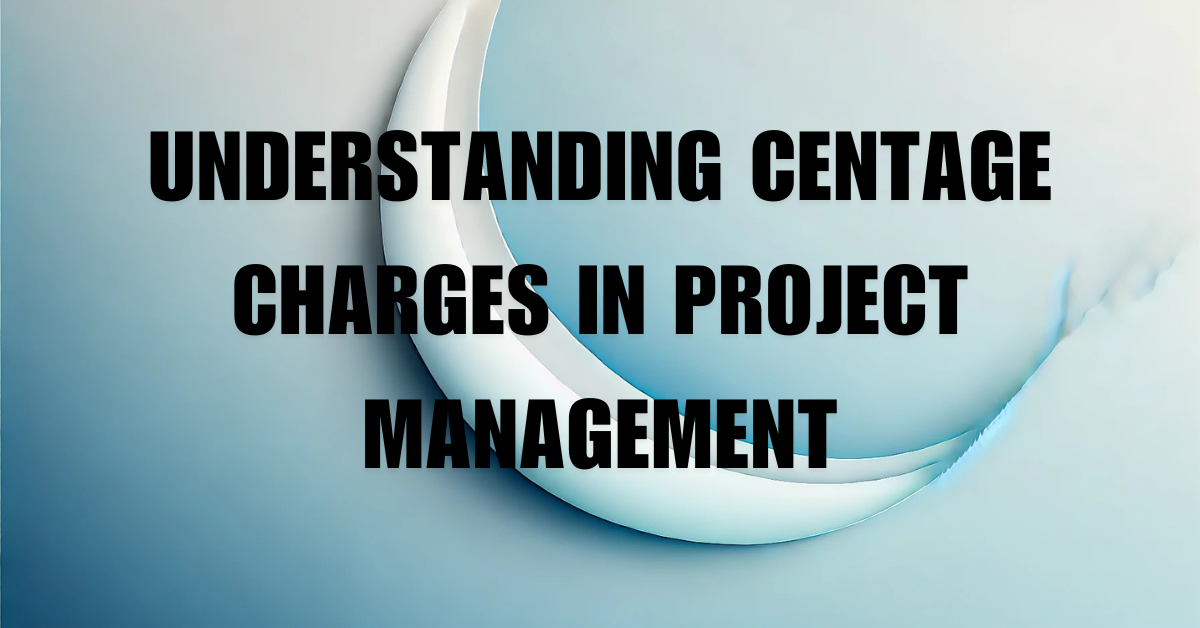Introduction
Remote sensing has revolutionized Earth observation, providing critical data for climate monitoring, environmental studies, and disaster management. Among the most widely used satellite missions are Sentinel (by the European Space Agency) and MODIS (Moderate Resolution Imaging Spectroradiometer, onboard NASA’s Terra and Aqua satellites). Although both serve similar purposes, they have distinct differences in terms of spatial resolution, temporal resolution, spectral bands, and applications.
1. Overview of Sentinel and MODIS
Sentinel Satellite
Sentinel is a series of Earth observation satellites developed under the Copernicus program of the European Space Agency (ESA). Key Sentinel satellites for optical and radar imaging include:
- Sentinel-1: Radar imaging for all-weather, day-night monitoring.
- Sentinel-2: Multispectral optical imaging for land and vegetation monitoring.
- Sentinel-3: Ocean and land monitoring with optical, thermal, and altimetry sensors.
MODIS (Moderate Resolution Imaging Spectroradiometer)
MODIS is a key instrument on NASA’s Terra (launched in 1999) and Aqua (launched in 2002) satellites. It provides continuous global coverage with a focus on large-scale environmental changes such as climate patterns, vegetation dynamics, and ocean color.
2. Key Differences Between Sentinel and MODIS
1. Spatial Resolution (Detail of Images)
| Feature | Sentinel-2 | MODIS |
|---|---|---|
| Spatial Resolution | 10m, 20m, 60m (depending on the band) | 250m, 500m, 1000m |
| Level of Detail | High | Moderate |
| Best for | Land use, agriculture, water bodies | Large-scale climate and environmental monitoring |
🔹 Sentinel-2 provides much finer spatial resolution (10m for visible and near-infrared bands), making it ideal for detailed land cover and vegetation analysis. 🔹 MODIS, with its 250m–1km resolution, is better suited for global-scale environmental and climate studies.
2. Temporal Resolution (Revisit Time)
| Feature | Sentinel-2 | MODIS |
|---|---|---|
| Revisit Frequency | 5 days (Sentinel-2A & 2B combined) | 1-2 days (Terra & Aqua combined) |
| Best for | Seasonal vegetation studies, disaster response | Daily global monitoring |
🔹 MODIS provides near-daily observations, making it excellent for tracking changes in weather, wildfires, and ocean conditions. 🔹 Sentinel-2, with a 5-day revisit time, is better for tracking land cover changes at high resolution.
3. Spectral Bands (Wavelengths Captured)
| Feature | Sentinel-2 | MODIS |
|---|---|---|
| Number of Bands | 13 bands (visible, NIR, SWIR) | 36 bands (visible, NIR, SWIR, TIR) |
| Best for | Vegetation, water, urban areas | Climate studies, atmospheric monitoring |
🔹 MODIS has 36 spectral bands, covering a wider range of wavelengths, including thermal infrared, which is useful for detecting temperature variations. 🔹 Sentinel-2 has 13 bands, optimized for land monitoring, vegetation health, and water quality.
4. Applications
| Application | Sentinel-2 | MODIS |
|---|---|---|
| Agriculture | ✅ (Crop monitoring, soil moisture) | ✅ (Large-scale drought monitoring) |
| Climate Monitoring | ✅ (Land surface changes) | ✅ (Global temperature, cloud cover) |
| Disaster Management | ✅ (Forest fires, floods, landslides) | ✅ (Hurricane tracking, wildfire detection) |
| Water Quality | ✅ (Lakes, rivers, coastal monitoring) | ✅ (Ocean color, algae blooms) |
🔹 Sentinel-2 is preferred for high-resolution studies of vegetation, land cover, and urban expansion. 🔹 MODIS excels in long-term climate research, ocean monitoring, and atmospheric studies.
Which Satellite Data Should You Use?
- If you need detailed land use analysis, precision agriculture, or high-resolution environmental studies, Sentinel-2 is the better choice.
- If you require frequent, global-scale observations for climate change, atmospheric monitoring, or oceanographic studies, MODIS is the best option.
Where to Access Sentinel and MODIS Data?
- Sentinel-2 Data: Available for free on Copernicus Open Access Hub
- MODIS Data: Available for free on NASA Earthdata
Conclusion
Both Sentinel and MODIS play crucial roles in Earth observation. While Sentinel-2 is best suited for high-resolution land monitoring, MODIS provides frequent and large-scale data for climate and environmental studies. Choosing between them depends on the specific research needs—whether high spatial detail (Sentinel) or high temporal frequency (MODIS) is more important.
By leveraging both datasets, researchers and professionals can obtain a comprehensive understanding of Earth’s dynamic changes, enhancing applications in agriculture, climate science, disaster response, and environmental conservation.
